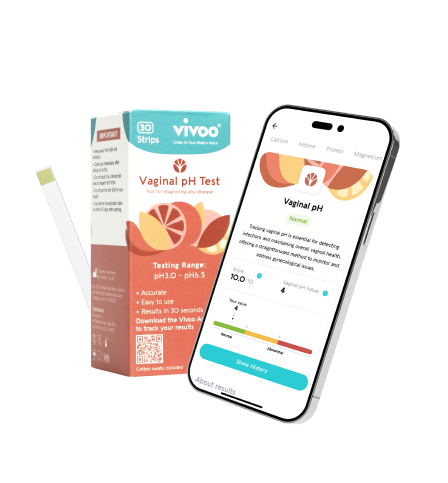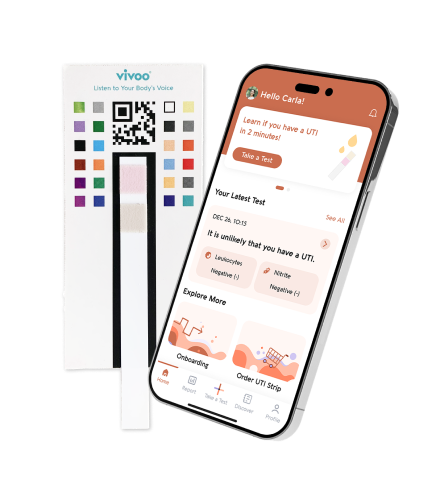Many people think about the term "intermittent fasting (IF)" as a different eating pattern. Yes, intermittent fasting (IF) is different, but it is not new. In fact, it's been practiced in different ways by people for millennia.
Intermittent fasting is a briefly varied diet that is related to avoiding consuming foods or beverages that contain calories while in the fasting process, though it has different variations that need further study. There are 3 different types of intermittent fasting that are hypothesized to influence health outcomes in humans in general: alternate-day fasting, modified fasting, and time-restricted feeding.
If you are curious about the details, here they are!
Switch the Days: Alternate-Day Fasting
Alternate-day fasting is defined as one fasting day (full energy restriction, zero calories, or sometimes a maximum allowance of 25% of your daily caloric intake on your fasting day) and one feeding day (ad libitum food consumption) and its continuous periods. Ideally, it allows you to eat at least one meal a day. For instance, your daily caloric intake requirement is 1200 calories; on fasting days, it is only 300 calories, maximum, you can consume!

Let's check out what you can eat with that many calories on fasting days:
On Mondays, you finish eating at 8 pm and begin fasting for 24 hours until the next day's (Tuesday's) dinner at 8 pm. In this fasting period (including sleeping), you can eat a maximum of 300 calories all fasting day:
- 1 egg + 1 slice (1 ounce) of cheese + 2 thin slices of bread
OR
- 1 portion of fresh fruit (eg: 1/2 banana, 2 slices of pineapple, etc) + 2/3 milk + 2-3 tbs of rolled oats + 5-6 raw almonds or hazelnuts
OR
- 1 thin slice of bread + omelet with 1 egg, 1 slice (1 ounce) of cheese + 3 thin slices (1 ounce) smoked turkey, 1/4 cup milk
Studies with normal-weight adults show overall mean weight loss, improvement in glucoregulatory markers (such as fasting insulin levels), and improvements in high-density lipoprotein (HDL) which is basically good for human health and triglyceride levels, but increased low-density lipoprotein (LDL), which is basically bad for human health. A full fasting day may not be proper for beginners because alternate-day fasting is extreme and probably unsustainable in the long-term.

Make a Difference: Modified Fasting
Modified fasting is based on restricted daily caloric intake (20 to 25% energy on fasting days). It's best-known method is the "5:2 method", which involves standard eating for 5 days and energy restriction for 2 non-sequential days of the week.
For example, you fast on Tuesdays and Fridays but eat on the rest of the days of the week. According to a daily 1200 calorie need, you are allowed to eat 240-300 calories in your fasting period. Let's see some different options:
- 1+1/4 cup of lentil soup + 1 thin slice of bread
- 3 portions of fruit + 2/3 cup of yogurt + cinnamon (if desired)
- Coffee with 2/3 cup milk + 10-12 hazelnuts or almonds + 1 portion of fruit

Results from a modified fasting diet with some groups of overweight or obese people show significant weight loss, decreases in fasting insulin (but not in fasting glucose), and improvements in some inflammatory markers. However, it also reported negative effects on some people, like feeling cold, hunger, irritability, etc. So, if compared with standard energy restriction diets, it has little evidence to suggest that type of feeding pattern concluded better weight loss or metabolic changes. The "5:2 method" is more suitable if we compare it with the alternate-day fasting.
Body Clock: Time-Restricted Feeding
According to time-restricted feeding, daily fasting intervals range from 12 to 20 hours. The most popular one is the "16:8 method." It involves fasting for 16 hours and eating during an 8 hour period. Two or three meals can fit in this 8 hour period. The simplest way is this: you eat your first meal at noon and finish at 8 pm. During the rest of the day, including sleeping, you fast! Basically, it looks like skipping breakfast, but having lunch, dinner and mid-meals, if you desire.
Regular fasting and eating intervals may be important for maintaining optimal metabolic functions in accordance to normal daily circadian rhythms. So, the 16:8 method is much better and easier to apply if you want to explore intermittent fasting (IF) diet types.

What Are the Pros and Cons with Intermittent Fasting?
It's time to see it clearer!
Pros:
In total, the studies showed that results between IF and restricted energy diets provide weight loss or prevent weight gain in those who are obese and overweight, but it should be remembered that there were no major differences among these two diet types.
If you are healthy, and within normal weight standards, and want to lose a bit of fat, you can try these diets. When you fast for an extended period, the body starts to use its own deposits, first glycogen (of course, if you are not a ketogenic-eating person), then excess fat mass.
Intermittent fasting may also help people who have mindless snacking habits, especially at night. It can help with discipline and may help you to reduce and drop this behavior.
Cons:
Do you think that social media influences you? Decide this first. Intermittent fasting (IF) is trendy lately, but it's also hard to sustain. Focus, job performance, daily activity, helping with your food cravings, etc, are way too important.
Medical concerns? Well, if you are diabetic, you need to think twice and consult your doctor! Many studies showed no change in fasting glucose levels, though some of them reported a decrease in fasting circulating insulin concentrations in people who don't have diabetes. But, generally, long-term fasting affects people who have diabetes by reducing fasting blood glucose, in addition to post-prandial blood glucose. So, in short, if you have frequent hypoglycemic attacks, IF is not your thing.
Plus, a study showed that LDL cholesterol had increased significantly after 12 months among the alternate-day fasting group. It might be a red flag for your heart health.
Finally, people may lead themselves to eat unhealthily, processed, or high-calorie food on the feeding days. You may lose weight by restricting your total caloric intake, but you will not take good care of your body.

Who Should Avoid Applying Intermittent Fasting?
Let's be honest! Each nutritional plan is specific for every single person. IF is getting trendier day by day, however, it still needs to be examined its results in detail. In general, people who have eating disorders, children and adolescents, pregnant or breastfeeding women, post-op patients who are in their healing period, people who cannot regulate their blood sugar, etc, need to apply their own specific diets. Or people who crave sugar/dessert, people who cannot control their appetite, or if IF leads them to eat more, IF is not suitable for them! For more details about food cravings, read this
So?
As mentioned above, IF has no advantaged 'weight loss' difference if compared with normally restricted calorie diets, therefore don't expect a miracle.
Briefly, if you want to experience this type of diet, you need to see and consult your doctor and registered dietitian. If they both decide that you can 'give it a go', and, of course, if the IF rules fit for you, it can be tried!









